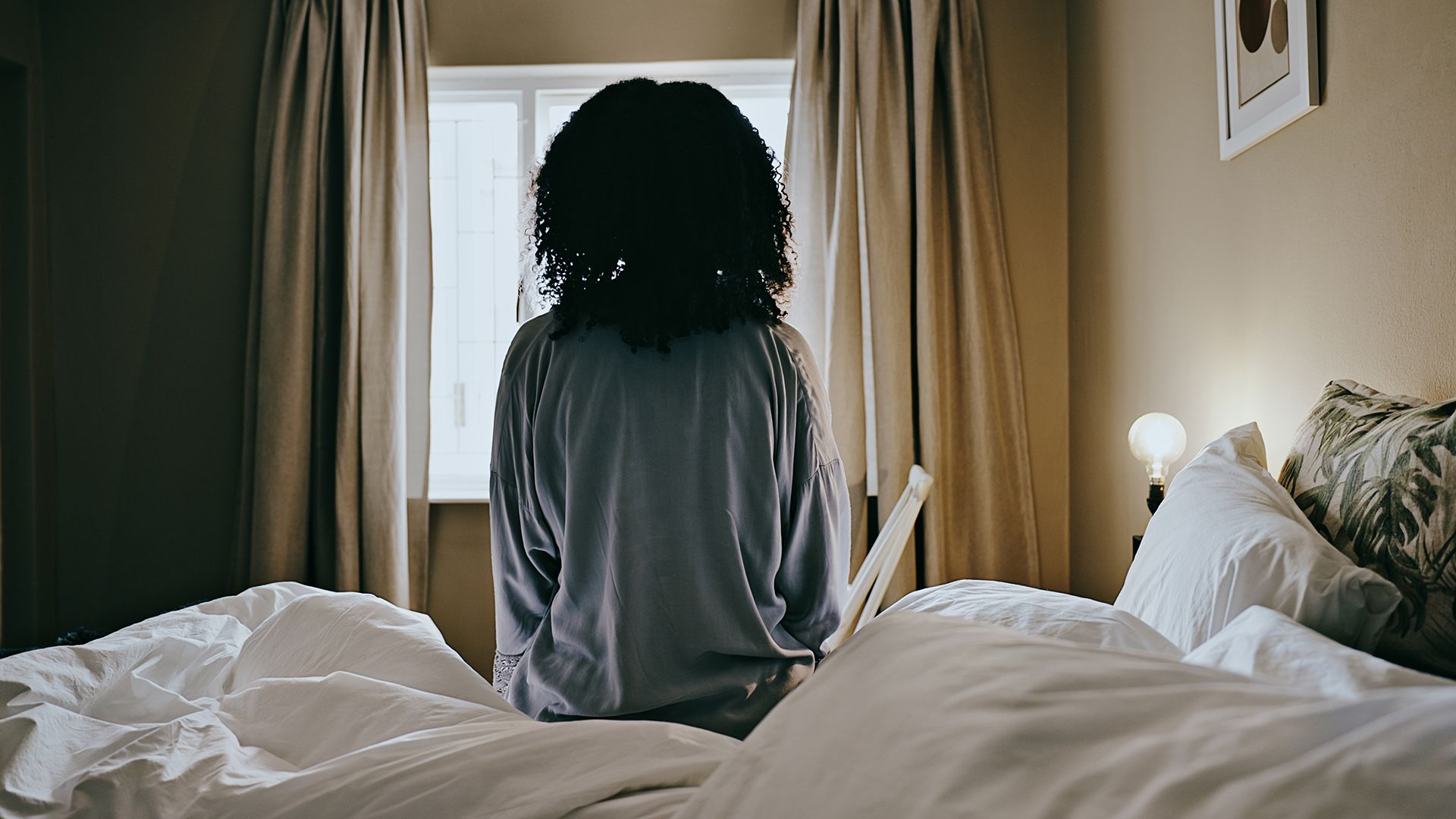Updated on February 27, 2024
Bipolar disorders are a group of mental health disorders that cause a person to experience episodes of extreme changes in mood. These episodes can interfere with many aspects of a person’s life.
Types of bipolar episodes include manic episodes of elevated energy and euphoria, depressive episodes of sadness and hopelessness, and mixed episodes. The type of episodes a person experiences will depend on the type of bipolar disorder a person has, and the severity and duration of symptoms can vary from person to person.
As a person living with bipolar disorder—or experiencing symptoms that could be bipolar disorder—it helps to have a good foundational knowledge of the condition. Here, we look at the different types of bipolar episodes, and some of the things that a person might experience during an episode.
Manic episodes
Mania is a state of elevated mood, energy, and activity. It is a defining symptom of bipolar disorder. During a manic episode:
- A person may experience an inflated sense of self-esteem, grandiosity, or superiority.
- They may engage in risky behaviors such as reckless spending, gambling, or substance use.
- They may also experience racing thoughts, increased talkativeness, and a decreased need for sleep.
- In severe cases, they may have psychotic symptoms, such as delusions or hallucinations.
People with bipolar disorder may also experience episodes of hypomania. These are manic episodes with milder symptoms. During an episode of hypomania, a person may feel more energetic, creative, and productive than usual—but may also engage in impulsive behaviors and feel irritable. While less severe, episodes of hypomania still require treatment. They can also lead to manic or depressive episodes.
Depressive episodes
During a depressive episode, people with bipolar disorder may experience feelings of sadness, hopelessness, guilt, or worthlessness. In severe cases, a person may have suicidal ideation. During a depressive episode, a person may experience:
- Loss of interest in nearly all activities, including activities they normally enjoy.
- Changes in appetite, either eating much more than usual, or eating very little or almost nothing at all. Changes in weight can also occur because of these changes in appetite.
- Changes in sleep habits and sleep patterns.
- Difficulty concentrating, making decisions, or completing simple tasks.
Mixed episodes
A person with bipolar disorder can also experience a mixed episode. During a mixed episode, a person experiences symptoms of both mania and depression. Mixed episodes can be especially intense, confusing, and distressing, as a person may feel incredibly energized, yet deeply depressed or hopeless at the same time.
Getting treatment
Working with a healthcare provider and staying with treatment can make a significant difference in managing symptoms and improving quality of life. Treatment for bipolar disorder typically involves a combination of medications and psychotherapy.
Medications such as mood stabilizers, antipsychotics, and antidepressants can help manage symptoms and prevent relapses.
Psychotherapy, such as cognitive-behavioral therapy or interpersonal therapy, can help people with bipolar disorder learn coping strategies and improve their relationships and communication skills.
Recognize emergencies
Severe bipolar episodes can require emergency treatment and hospitalization. Manic episodes can cause a person to engage in unsafe behaviors. The risk of suicide is high among people with bipolar disorder, especially during depressive episodes.
In a health emergency, contact emergency services by calling 911 (or other local emergency number) or go to an emergency room immediately.
If you are experiencing thoughts of suicide or self-harm, call, text, or chat the 988 Suicide & Crisis Lifeline. Licensed mental health professionals are available to help. These professionals can listen to what you have to say and guide you through steps that can keep you safe.






